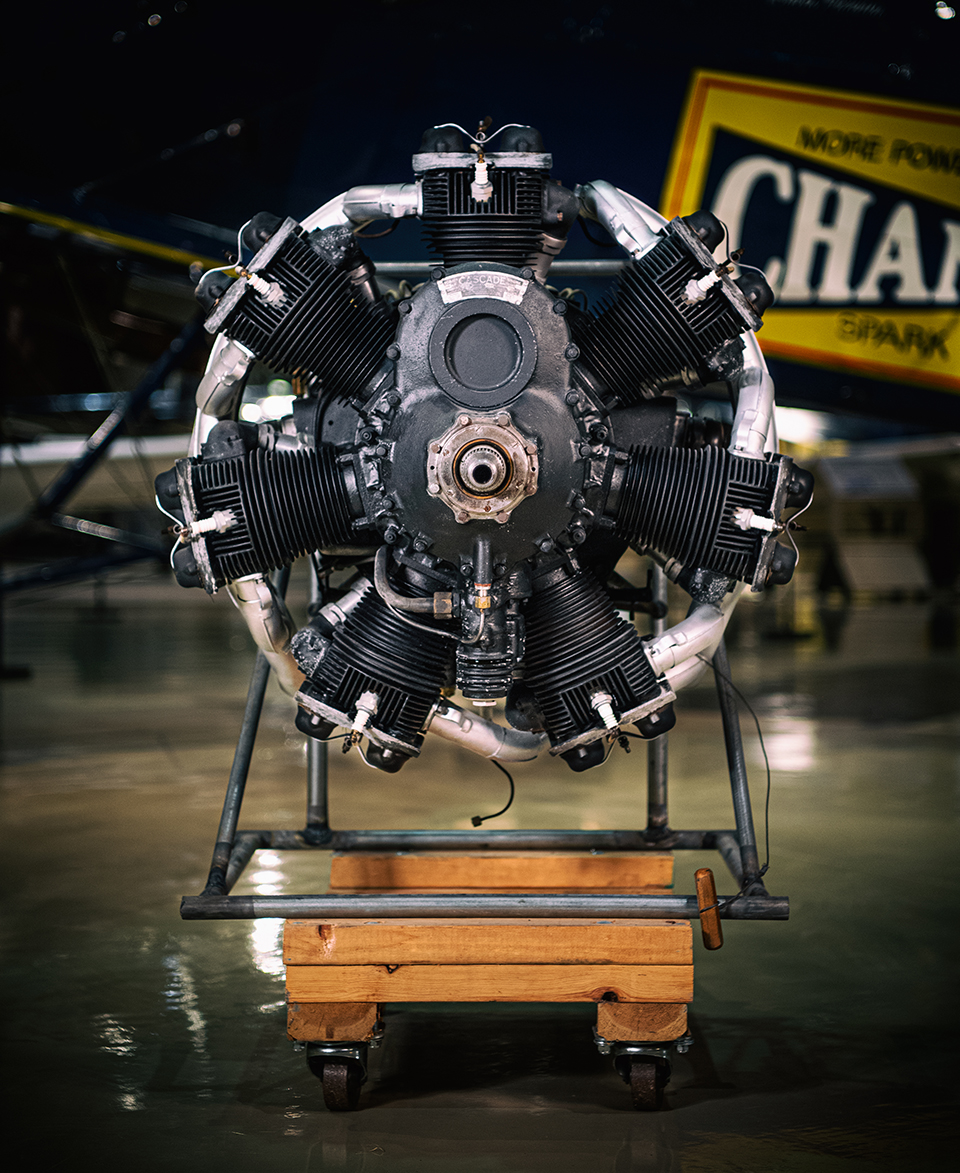Artifact Spotlight: Pobjoy Cascade, Radial 7-Cylinder Engine
By Benjamin Page, EAA Museum Collections Curator
December 29, 2020 – To aviation history buffs, airplane nuts, and aficionados of aero engines alike, a radial engine conjures up certain imagery. These rumbling round engines share many things in common across different types — they are smoke-belching, oil-dripping, and invariably large. Nestled under the wing of the Pitcairn PCA-2 autogyro however sits an exception — a 7-cylinder radial barely more than two feet across called the Pobjoy Cascade.
The Cascade is one of a series sometimes called the "Waterfall" line of engines built by Pobjoy Airmotors LTD. of Rochester, Kent, in the United Kingdom. Founded in 1928 by the eponymous Douglas Rudolf Pobjoy, the company built a series of small radial engines such as the Cateract and the Niagara. Overall very similar in design and differing mainly in their performance, Pobjoy engines were regarded as reliable and lightweight. They found their way onto a number of interesting aircraft and were particularly popular on British light aircraft of the 1930s.
The Cascade's place in the Pobjoy story is something of an enigma. It's not known, for instance, how many were actually built. EAA's example, S/N 2502, is believed to be one of only two surviving examples of the type. The only other known Cascade can be found on an American aircraft, the one-off AC-35 'roadable' Autogiro in the collection of the National Air & Space Museum. Compared to its more widely produced stablemates, the Cascade only appears in a handful of period advertisements. It's believed EAA's example was a test unit, as it arrived mounted on a test stand and with a pull-cord and instruments on the rear of the crankcase.

